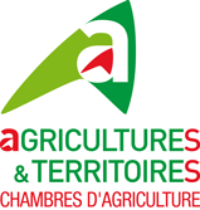Document type : scientific article published in the Veterinary Record
Author: Tamara A Tadich
Workplace Equids: Linking Human and Animal Welfare
Preview: Working equids continue to be an essential component of the livelihoods of millions of families worldwide, particularly in low- and middle-income countries. These animals provide a critical support system to the households that rely on them, with a central pillar of this support system being the money they generate - both directly and indirectly - and the savings their owners make by using them. Working equids can therefore be considered as part of the financial, physical and social capital of their owners, as well as a central axis for building resilience capacity.
Working equids perform a variety of roles, including transporting people and their products to local markets, transporting water, participating in religious ceremonies, the mining industry, construction, tourism, equid-assisted therapies, forestry, agriculture and disaster relief as well as acting as companion animals.
However, the specific activities in which horses, donkeys and mules are involved differ according to the local climate, geography and culture. In the same way, the welfare problems they encounter vary across countries and activities, as the risks to which they are exposed are different.






